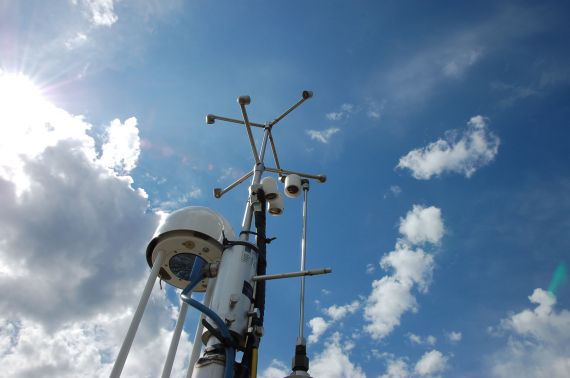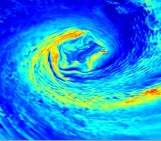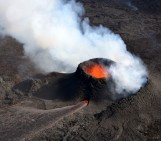This week’s Imaggeo on Mondays is brought to you by Jean-Daniel Paris, a meteorologist from the Climate and Environmental Sciences Laboratory (LSCE), France. He describes how new techniques like eddy covariance tell us about the flux of greenhouse gas emissions to the atmosphere…

“Hyytiälä” by Jean-Daniel Paris, distributed by the EGU under a Creative Commons licence.
This picture was taken during a visit to the Hyytiälä research station in Finland in June 2010. This station runs flux measurement in the Siikaneva wetland area, contributing to the Integrated Carbon Observing System (ICOS). Wetlands like Siikaneva are key ecosystems in the global carbon cycle. They take up carbon dioxide from the atmosphere but also release large amounts of methane through anaerobic metabolism. Methane release from wetlands is expected to increase under changing climate. Therefore greenhouse gas fluxes from wetlands, and among them high latitude wetlands, require careful monitoring. ICOS is a European research infrastructure that brings together networks for atmospheric measurements of greenhouse gases and ecosystem flux measurements using a process called eddy covariance.
Eddy covariance is a micrometeorological technique that allows measuring net fluxes of greenhouse gases over a footprint area, using (in short) the high frequency co-variation between measurements of vertical wind speed and gas concentration in the same area. Running these measurements in a nearly operational network are challenging for several reasons, including the need to maintain instruments in the field over long period of time and under any weather condition, local topography effects, and the complexity of the algorithms needed to process the raw data.
Here, my colleagues at University of Helsinki and the Finnish Met Institute are testing a new instrument: an open-path optical analyser that measures methane at high frequency combined with a sonic anemometer to measure wind speed in all directions. These instruments measure the two essential parameters required in the eddy covariance technique. Several field and laboratory tests are required before selected instruments can be deployed across the European network.
Over the last few decades eddy covariance measurements of greenhouse gases have been used to address many scientific questions, ranging from the resilience of carbon stocks to drought and other weather extremes, parameterisation of land surface models, assessing the impact of climate on carbon fluxes, long term storage in various ecosystems, to assessing the impact of agricultural practices.
By Jean-Daniel Paris, Climate and Environmental Sciences Laboratory (LSCE/ISPL)
Imaggeo is the EGU’s open access geosciences image repository. A new and improved Imaggeo site will be launching soon, so you will be able to peruse an even better database of visually stunning geoscience images. Photos uploaded to Imaggeo can be used by scientists, the press and the public provided the original author is credited. Photographers also retain full rights of use, as Imaggeo images are licensed and distributed by the EGU under a Creative Commons licence. You can submit your photos here.



